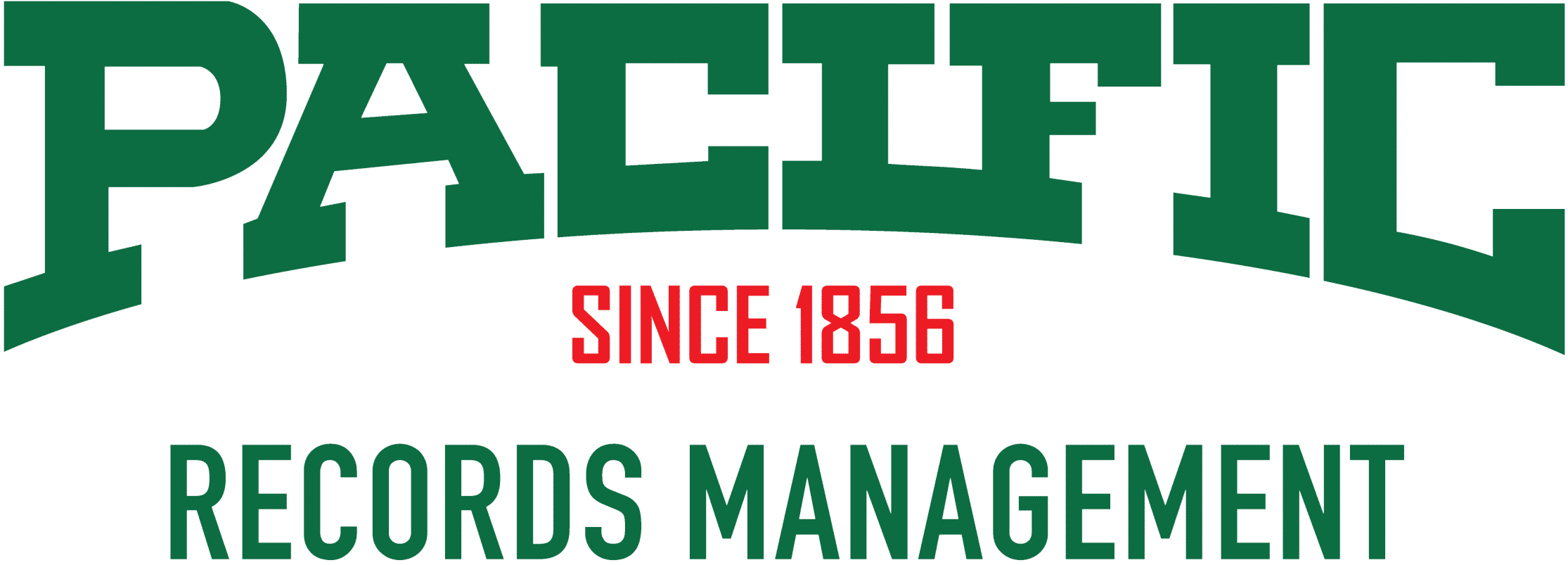Understanding Document Imaging and Rules of Thumb for a Successful Conversion
Smartphones, tablets, e-readers—as our dependence on these devices increases, it would seem as if our reliance on paper is slowly waning. Publication of print media continues to decline and more companies are utilizing and accessing documents in the cloud. Still, according to The Paperless Project, the combined usage of today’s top ten paper users has increased 126% over the past 20 years, underscoring our continued reliance on paper.
In reality, businesses are highly dependent on paper. A study by the Association for Information and Image Management (AIIM) suggests that 90% of workplace documents are still on paper and that 30% of the workday is spent searching for that information. Therefore, scanning and converting documents to an electronic file format can help increase your business productivity, but only if implemented and carried out in the proper manner. What follows are helpful tips for ensuring that your next document imaging project is thoughtfully planned and executed.
Do you know what you’re getting into?
Undoubtedly, document scanning offers your business the following advantages:
- defined routing of corporate records
- streamlined workflow
- liability reduction
- improved compliance
- enhanced customer service
Affordable access to scanning technology has made it possible for businesses to scan hardcopy records in-house. Yet, because many companies fail to understand the integration of document capture, processing and management, rarely do the benefits of document scanning come to fruition.
What a successful imaging and conversion project entails
Three important factors are often underestimated when undertaking an in-house scanning project:
- equipment requirements
- time frame
- expertise and knowledge
Commercial grade, high-speed scanners are necessary for high volume back file conversions of paper records to digital files. These pieces of equipment allow for fast processing and throughput of documents, although only under the guidance of experienced and trained technicians. Professional document scanning personnel are not only able to maximize the efficiency of these machines but also can quickly troubleshoot malfunctions with imaging equipment and software. Integral to their role is the knowledge for ensuring validation and quality assurance—key steps for making sure that all data is accurately captured and converted. Requisite knowledge also extends to the document imaging process, which includes the following:
- document preparation
- scanning
- indexing
- image adjustment
- Optical Character Recognition (OCR) software
- data conversion
Often, failure to recognize required equipment and knowledge results in huge cost and time overruns for companies hoping to achieve an in-house solution.
Integrating outsourced solutions with in-house resolutions
Outsourcing your document imaging needs to an expert service provider allows for a successful conversion of paper records to digital files in the most precise and expedient manner. Once the bulk of your backfile records inventory has been scanned, you can then focus on scanning day-forward records that support your daily business operations. Therefore, it’s important to stick to the following rules of thumb:
- identify your active and archival files
- purge any records that have outlived required retention periods
- scan information integral to your operational, compliance and workflow requirements
- explore offsite records storage options for inactive documents
- train existing staff for scanning of day-forward files
Pacific Records Management provides document imaging solutions for businesses throughout Fresno, Stockton, Sacramento, Modesto, and Napa and Solano Counties. For more information, please contact us by phone or fill in the form on this page.
